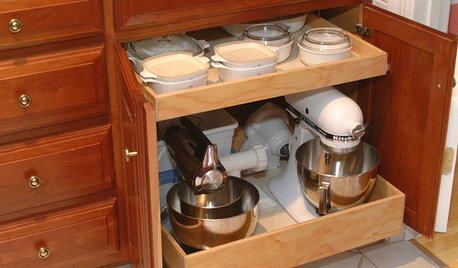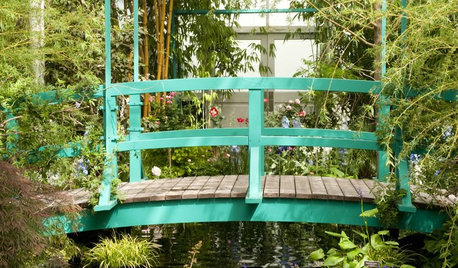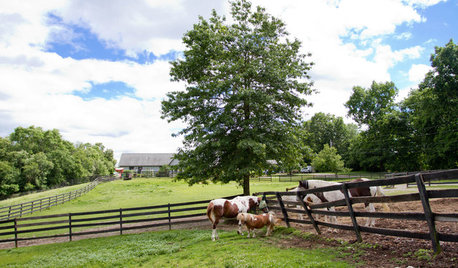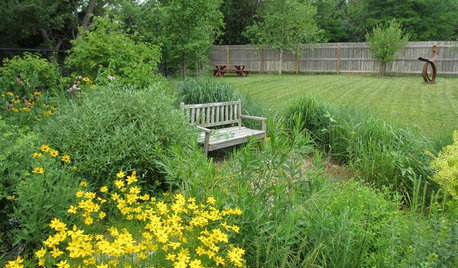Brandon7 -- orchard
franklinjay
15 years ago
Related Stories

EDIBLE GARDENSHow to Grow 10 Favorite Fruit Trees at Home
Plant a mini orchard in fall, winter or early spring to enjoy fresh-off-the-tree fruit the following year
Full Story
TREES7 Deer-Resistant Flowering Trees to Plant this Fall
If you live in a neighborhood with roaming deer, consider these beautiful trees that won't tempt hungry guests
Full Story
GARDENING GUIDES7 Fall Beauties for Mild-Climate Container Gardens
We're talking long-term relationship: These showy shrubs will bring color to your container garden autumn after autumn
Full Story
KITCHEN APPLIANCESConsidering a New Kitchen Gadget? Read This First
Save money, time and space by learning to separate the helpers from the hassles
Full Story
FLOWERSLessons from Monet's Garden
See how to bring the impressionist painter's vision to life in your own landscape with these flower choices and garden design ideas
Full Story
HOUZZ TOURSMy Houzz: Turning a Netherlands Barn Into a Country Home
Once a place for chilling milk, this Dutch home now lets the owners chill out in easygoing comfort
Full Story
EDIBLE GARDENSHow to Add an Apple Tree to Your Edible Garden
Readily available, beautiful and fragrant, apple trees offer four-season interest along with crisp, juicy fruit
Full Story
FURNITURE10 Secrets of Successful Secondhand Furniture Shopping
Design professionals offer tips on how, where and what to buy
Full Story
HOUZZ TOURSHouzz Call: Show Us Your Farmhouse!
Bring on the chickens and vegetable patches. If your home speaks country, it might appear in a featured ideabook
Full Story
GARDENING GUIDESHow to Design a Garden That Lasts
Climates are changing. Wildlife is evolving. Can your garden keep up?
Full Story





brandon7 TN_zone7
krikit
Related Professionals
Simpsonville Landscape Architects & Landscape Designers · Wilmington Landscape Contractors · Commack Landscape Contractors · La Verne Landscape Contractors · Old Saybrook Landscape Contractors · Rockwall Landscape Contractors · Tigard Landscape Contractors · West Haverstraw Landscape Contractors · Merrifield Landscape Contractors · Benicia Solar Energy Systems · Brockton Solar Energy Systems · Fort Lee Solar Energy Systems · Charlotte Roofing & Gutters · Westfield Roofing & Gutters · Ponte Vedra Beach Roofing & Guttersbrandon7 TN_zone7
franklinjayOriginal Author
brandon7 TN_zone7
franklinjayOriginal Author